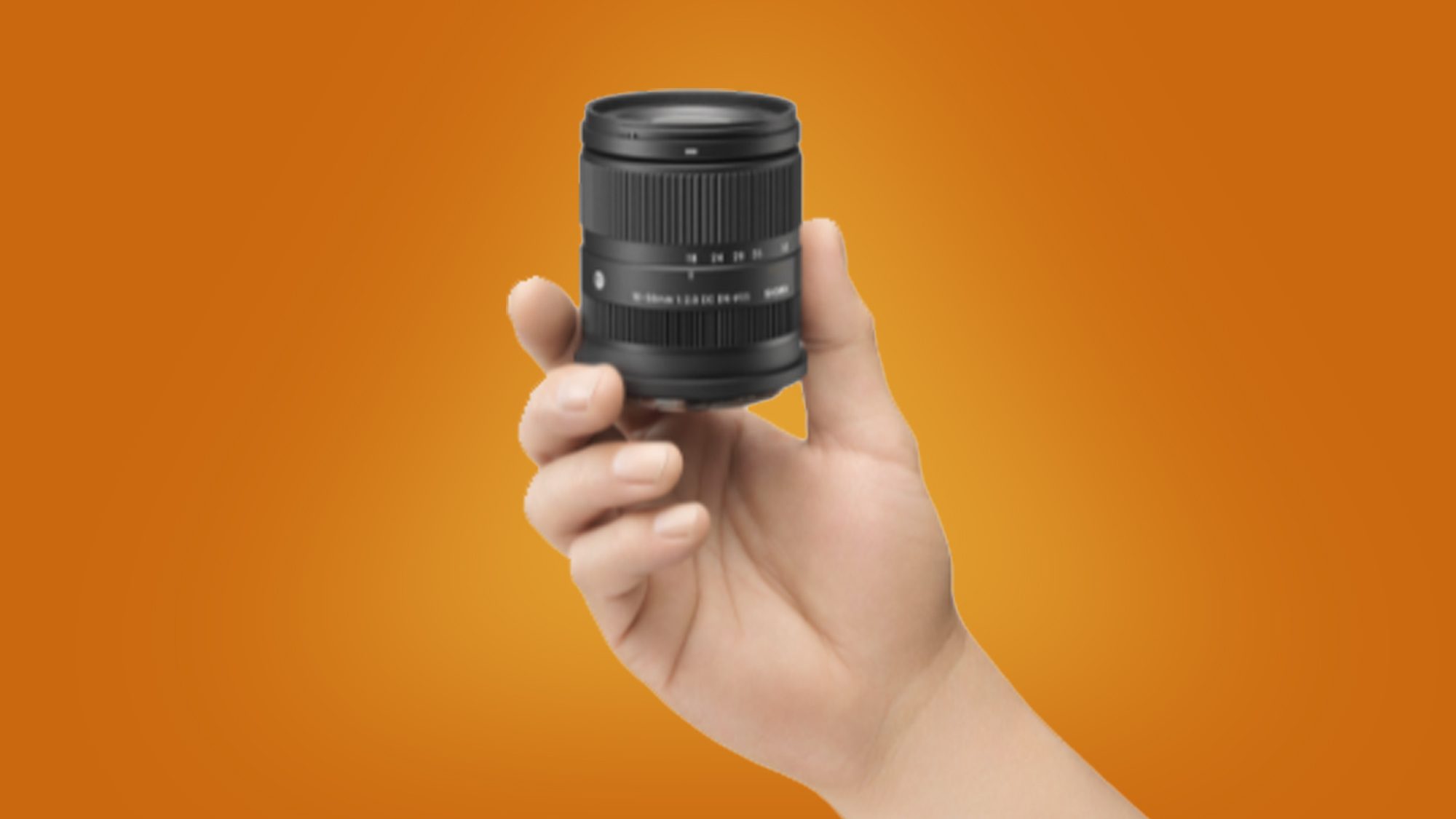It's finally happening: Canon tipped to open up mirrorless cameras to third-party lenses
Canon unlocking its doors could give its crop-sensor mirrorless cameras in particular the boost they desperately need

Sony, Fujfiilm, Nikon, Panasonic and OM-System all share one thing in common that Canon doesn’t – third-party lenses for their mirrorless cameras. And it’s little wonder. In 2023, the likes of Sigma, Tamron and Chinese brands like Laowa make excellent proprietary lens alternatives that are often better value, too.
If you’re interested in one of Canon’s crop-sensor cameras like the EOS R7 and EOS R10 – and we wouldn’t blame you because they are two of the best mirrorless cameras for beginners and enthusiasts available – there’s a significant x in the box; limited lens choice. However, that could be about to change.
According to Canon Rumors, the traditionally closed-off company is about to open its doors to third party lens makers and it looks like Sigma is first in the cue. The collaborative move couldn’t have come sooner.

Ending its lens monopoly?
Canon makes some of the best mirrorless cameras, and it is doing a superb job of making excellent lenses, especially for its full-frame mirrorless cameras like the EOS R5. Stand-out optics include the RF 28-70mm f/2 L USM and the latest version of the RF 70-200mm f/2.8 L IS USM (which is 30% smaller and lighter than equivalents).
However, Canon lenses are costlier than those from every other big brand, even Sony, and what you won’t find when looking for Canon glass are low-cost alternatives. In these challenging economic times, that’s a big strike against Canon, plus we’ve come to expect the better-value likes of Sigma and Tamron to create lenses of similar technical quality to proprietary lenses.
Canon must have its reasons for remaining closed with a hit on its own lens sales being one possible explanation, but that doesn’t seem to have stopped every other major camera brand from cuddling up with outsiders.
As for Canon’s superb crop-sensor cameras like the EOS R7 and EOS R10, there’s a real lack of native lenses. At the time of writing, there are more cameras than lenses, with only three low-end RF-S zoom lenses available. We highly recommend the aforementioned cameras, but limited lens choice is a con that we have to highlight, given the huge part that lenses play in the quality of our photos.
Sign up for breaking news, reviews, opinion, top tech deals, and more.

Catching up to do
Nikon’s mirrorless cameras that are part of its Z-mount have a strikingly similar number of lenses to choose from as Canon. However, Nikon has already partnered with Sigma, and its crop-sensor cameras like the Nikon Z fc already have three Sigma f/1.4 contemporary prime lenses to choose from.
Sony has been in the mirrorless game way longer than Canon and has 49 full-frame and 23 native crop-sensor lenses, plus an army of third-party makers on board. Panasonic and OM-System share the same micro-four-thirds sensor and offer a lens for every scenario and level. You get the picture – every other brand is one or several steps ahead of Canon.
Canon needs to open up. Not just to broaden the appeal to its crop-sensor mirrorless cameras, but to allow better value options for its customers.

Which third party lenses can we expect?
According to rumors, there are two Canon RF-mount Sigma lenses in the pipeline. Speculation points toward a full-frame 50mm f/1.4 lens, plus a Canon version of Sigma’s existing 17-50mm f/2.8 OS DC for crop-sensor cameras. The latter would pair superbly with the EOS R7.
What’s clear is that in the early adoption days, we’re unlikely to see any overlap between Canon and Sigma RF-mount lenses – potential Sigma lenses will need to bring something new to the table. For Canon’s crop sensor cameras that use RF-S lenses, that’s no hard task.
Lenses don’t make headlines in the same way that cameras do, but for those of us that seriously use cameras, we know how important lens choice is and this move from Canon is more exciting than the launch of another camera. Let’s hope this rumor proves to be accurate.

Tim is the Cameras editor at TechRadar. He has enjoyed more than 15 years in the photo video industry with most of those in the world of tech journalism. During his time as Deputy Technical Editor with Amateur Photographer, as a freelancer and consequently editor at Tech Radar, Tim has developed a deeply technical knowledge and practical experience with cameras, educating others through news, reviews and features. He’s also worked in video production for Studio 44 with clients including Canon, and volunteers his spare time to consult a non-profit, diverse stories team based in Nairobi. Tim is curious, a keen creative, avid footballer and runner, and moderate flat white drinker who has lived in Kenya and believes we have much to enjoy and learn from each other.